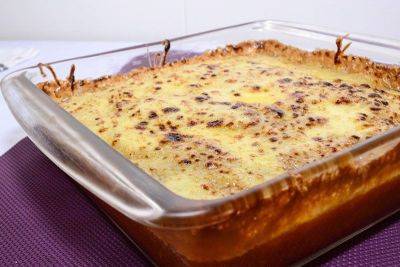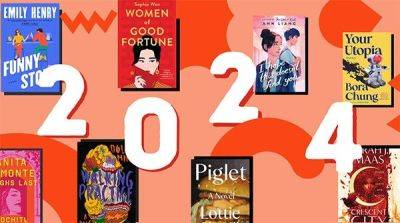Chinese New Year recipe: Poon Choi
MANILA, Philippines — With the Philippines being home to a large Filipino-Chinese community, Chinese culture has deeply been rooted in the country, allowing us to celebrate this day as a special non-working holiday where traditional activities such as preparing tikoy and giving ampaos are still practiced.
While Chinese New Year is just around the corner and we might not be able to see the Lantern Festival and dragon dance upfront along the streets of Binondo because of the current circumstances, the next best way to celebrate it is being at home with family over scrumptious Chinese dishes. Of course, the usual pancit, dumplings, and tikoy will be present, but how about trying to whip up a dish of Poon Choi?
Poon Choi, which literally translates to “casserole in a basin," is an auspicious dish found at the table of many Hong Kong-ers during Chinese New Year. The magnificent dish comprises
of around 10 to 20 ingredients served in a large claypot.
Traditionally, the Poon Choi is an important element of the Walled Village culture in New Territories, Hong Kong. The dish appeared whenever there were auspicious celebrations synonymous with rituals, weddings, and festivals and is an expression of dining culture in the village.
Poon Choi’s origins began when the emperor of the late Song Dynasty escaped to Hong Kong and Guangdong region from the invading Moguls. When the imperial army travelled to
the New Territories, villagers were eager to host them but were bound by certain limitations, so they put all their best ingredients they had, cooked them and presented the dish in a large
wooden basin - hence the birth of Poon Choi.
Poon Choi has existed in Hong Kong for more than seven centuries, but now, it is no longer confined within the bricks of the walled village. Thanks to immigration and the proliferation of
media, the popularity of the dish has spread far and wide, especially in South East Asia where many Cantonese immigrants reside.
Poon Choi is highly modifiable; the ingredients are not set in stone, unless your heart is set on making a traditional version. Ingredients could be easily replaced and substituted, even a
vegetarian rendition is possible.
Ingredients:
10







